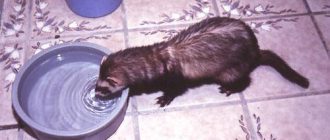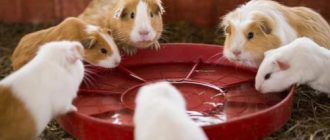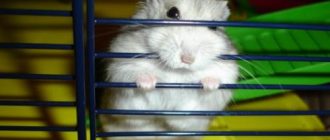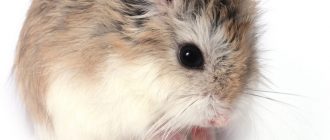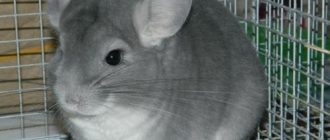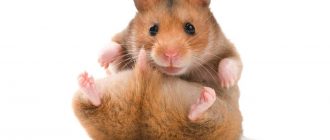Campbell’s dwarf hamster is a species of bipedal hamster which lives in the steppes of Central and East Asia – in Russia, Kazakhstan, China and Mongolia. He digs holes that can reach underground up to a meter in length. These burrows are often lined with wool and dry grass. Burrows maintain average temperature about 17 ° C or 62 ° F in Fahrenheit. The main predators in the wild nature that prey on a hamster include foxes, owls, falcons and caresses.
Breed description
Contents
Campbell’s hamster has an average life expectancy of 18 to 24 months when they are at home. Medium breed sizes – from 7 to 10 cm. They become sexually mature in within 5 weeks, their litter is usually 4 to 6 cubs. Hamsters have an average gestational age of 18-21 days. Female can start mating and get pregnant again immediately after previous childbirth. Unlike other types of hamsters, and especially Syrian ones, males play an active role in the birth and upbringing of offspring.
Another difference from Syrian hamsters is dwarf hamsters Campbell is very social and love living in colonies. If hamsters introduce at a fairly young age of up to 8 weeks, then they will comfortably coexist in a group of males or mixed individuals. By however, it is recommended that they be kept apart, males and females. Campbell’s hamsters are twilight animals, so they are the most active at dusk and at dawn.
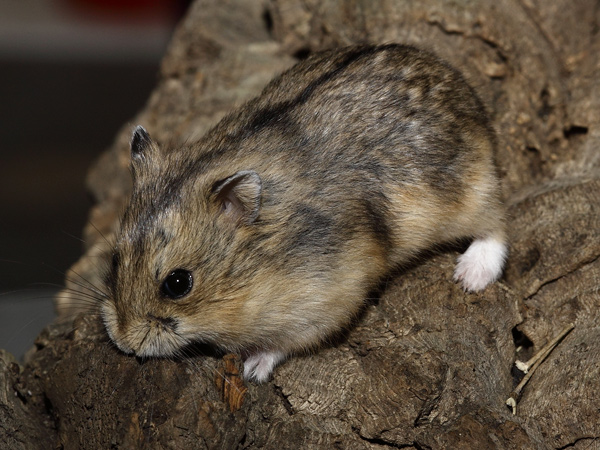
Like all other hamsters, Campbell’s hamsters are rodents, and therefore, they must nibble regularly to prevent overgrowing of their incisors and possible health problems.
Diet – how to feed a Campbell hamster?
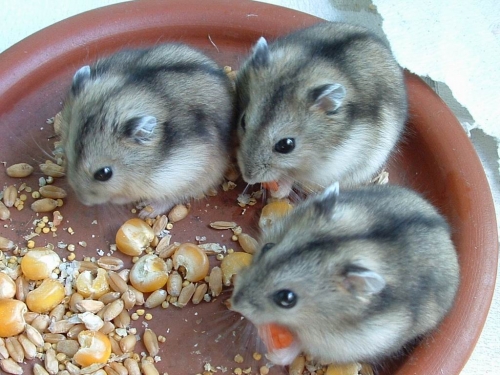
In the wild, these hamsters eat various grains, seeds. and vegetables. However, pet owners may experience problems with this kind of diet. Campbell Dwarf Hamsters should avoid many common human foods, some of which may be suitable for others rodents.
Campbell hamsters should avoid:
- Almond
- Garlic (poisonous for hamsters)
- Celery
- Bow
- Beans
- Potatoes
- Rhubarb
- Tomatoes
- Food for dogs and cats
- Raisins
- Chocolate
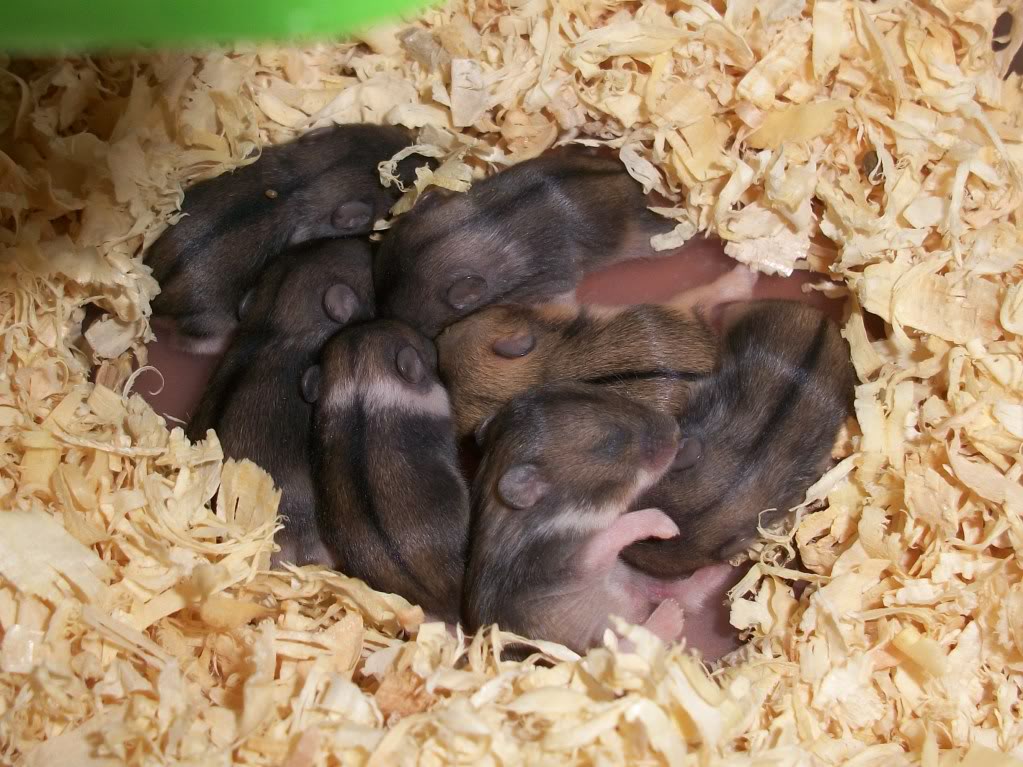
Recommendations for owners
Campbell’s dwarf hamsters have very poor eyesight and perception of the world. In old hamsters is also common cataract. To make up for this shortcoming, they have a lot glands that are located on the face, on the cheeks, behind the ears and near rectum.
Many owners notice that hamsters can clean and care behind them in places unfamiliar to them. This is done in order to their smell created a trail that would allow them to find their way back to hole. Similar behavior is possible for repeated visits to places with plenty of food. Such odor paths may persist. up to eight days.
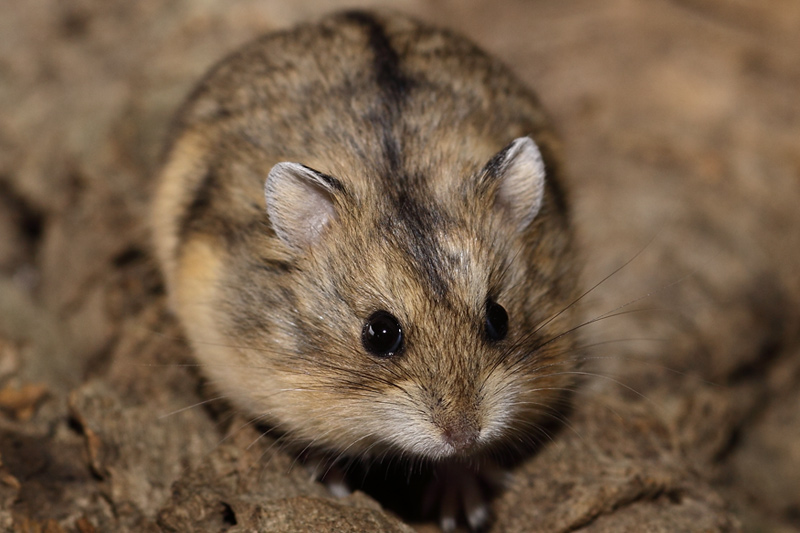
In addition to cataracts, hamsters can develop diabetes, glaucoma and tumors (both benign and malignant). Many benign and malignant tumors can be removed. surgically.
Campbell Hamster Colors
The breed has three main colors and their variations:
- Agouti (standard color)
- Argentinean (cinnamon or sand)
- Albino (White)
Not all white hamsters with red or pink eyes – albinos. Some of them are so much painted in platinum, that seem white.

Additional colors:
- Spotted (sometimes called banded)
- Platinum (sometimes called pearl)
Crossbreeding gave rise to many new colors, including blue, fawn, purple and black.

